Nirman Shramikon ke Liye Vyavsayik Rin Par Byaj ki Punarbharan Yojana
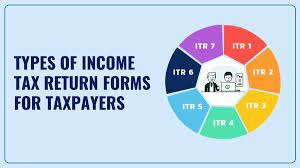
The “Nirman Shramikon ke Liye Vyavsayik Rin Par Byaj ki Punarbharan Yojana” is a scheme designed to alleviate financial burdens for construction workers by assisting in the repayment of interest on commercial loans. Recognizing the challenges faced by individuals in the construction sector, especially during economic downturns, the scheme aims to ease the burden of […]
Senior Citizen Pilgrimage Scheme
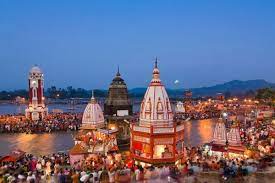
The historical attacks on India’s cultural and religious heritage and highlighted that many such sites have been destroyed by the invaders. However, he complimented Prime Minister Narendra Modi for his efforts in protecting and developing these cultural centres. By taking inspiration from PM Modi’s initiatives, the Rajasthan government is concentrating on developing faith centres and planning pilgrimage […]
Rajasthan Kisan Kaleva Yojana
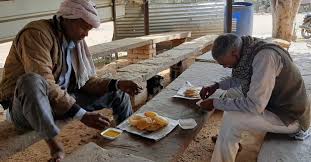
The Kisan Kaleva Scheme, initiated by the Rajasthan Government’s Agriculture Department, provides food at concessional rates through coupons to farmers and their assistants selling crops in vegetable market premises. Registered farmers and their assistants can avail a plate of food for ₹5/- under this provision. This initiative aims to alleviate the financial burden on farmers […]
Kailash Mansarovar Pilgrimage Scheme
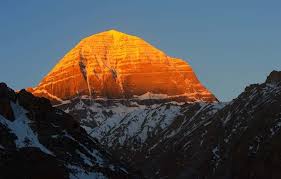
The scheme “Kailash Mansarovar Yatra” is implemented by the Religious Trusts and Endowments Department, Government of Madhya Pradesh. The objective of this scheme is to provide financial assistance to the pilgrims of the state going on the Kailash Mansarovar Yatra. Such persons of Madhya Pradesh, who have completed the journey of Kailash Mansarovar after finding […]
Guide to NSIC Bill Discounting Scheme

National Small Industries Corporation (NSIC) offers support and works for the growth and development of Micro, Small, and Medium Enterprises (MSMEs) nationwide. NSIC works under the Ministry of Micro, Small, and Medium Enterprises (MoMSME) for the promotion of these enterprises. NSIC offers Credit support to MSMEs with the help of three major credit facilities: Raw […]
Coconut Palm Insurance Scheme

The “Coconut Palm Insurance Scheme (CPIS)” is being implemented by the Coconut Development Board, Ministry of Agriculture and Farmers Welfare, Government of India with the objective of insuring coconut palms against natural calamities, climatic risks, pests, diseases and other perils. Under this scheme, all healthy nut bearing coconut palms in the age group from 4 […]
Rajasthan Sukhad Dampatya Jeevan Yojana

The Rajasthan government, led by Bhajan Lal, aims to cater to the needs of the disadvantaged groups. Recently, the state government has announced a new scheme for disabled couples called the “Rajasthan Sukhad Dampatya Jeevan Yojana”. Under this scheme, the state government will provide financial support to disabled couples. As we have seen, there are […]
PM Vishwakarma Scheme
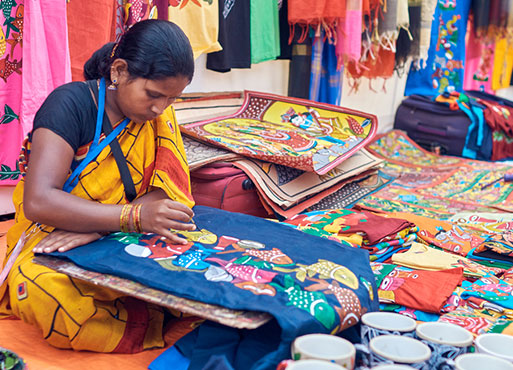
PM Vishwakarma is a Central Sector Scheme launched by Ministry of Micro, Small and Medium Enterprises to provide holistic and end-to-end support to artisans and craftspeople through access to collateral free credit, skill training, modern tools, incentive for digital transactions and market linkage support. The scheme will initially be implemented for five years up to […]
Rajasthan Sindhu Darshan Tirth Yatra Yojana
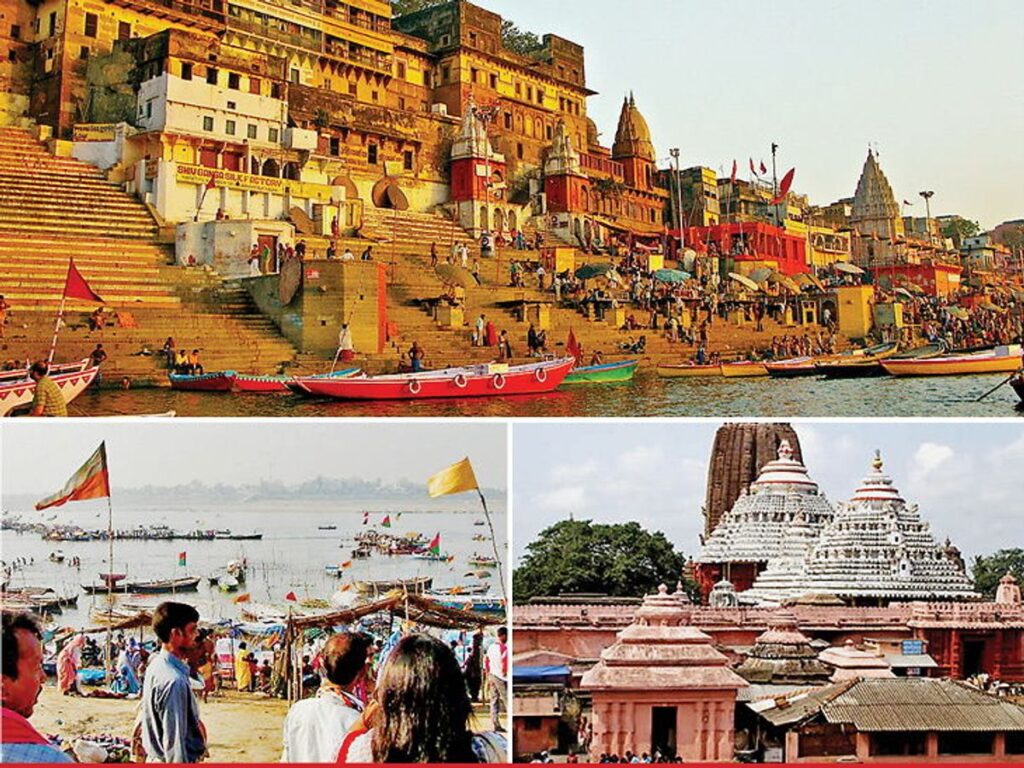
The Rajasthan government has started a scheme for its residents wishing to go on the Sindhu Darshan pilgrimage. The scheme announced is called as “Sindhu Darshan Tirth Yatra Yojana”. The Sindhu Darshan festival is usually held every year in the month of June on the auspicious occasion of Guru Purnima at Leh Ladakh. A large […]
Rural Entrepreneurship Development Program
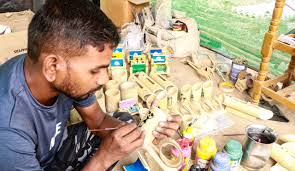
Establishing businesses is important for a country’s progress as it augments economic and employment growth. State and central governments are continuously launching new and attractive schemes to encourage their citizens to come up with innovative business ideas. Setting up an enterprise depends on one’s capacity, which differs from person to person. If the enterprise must […]